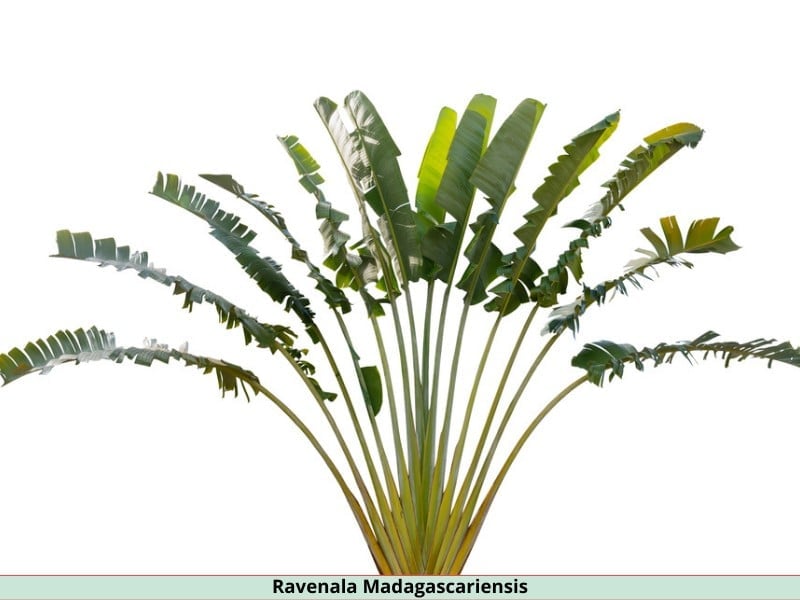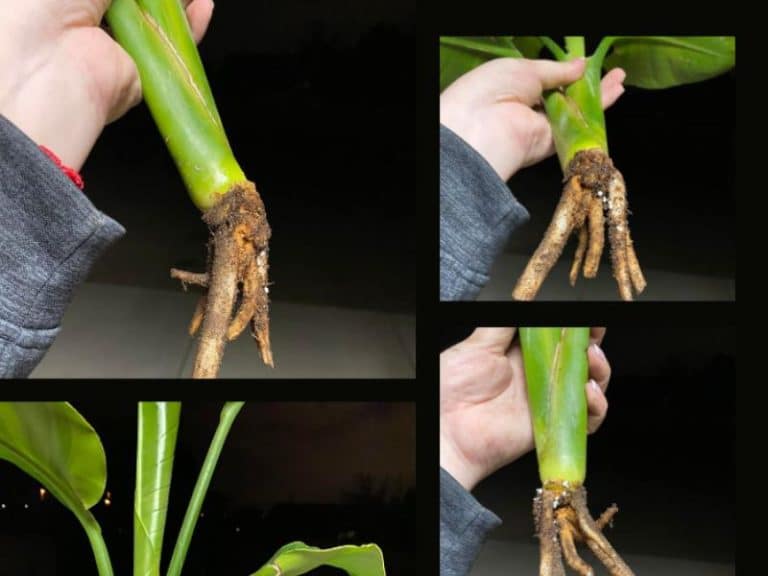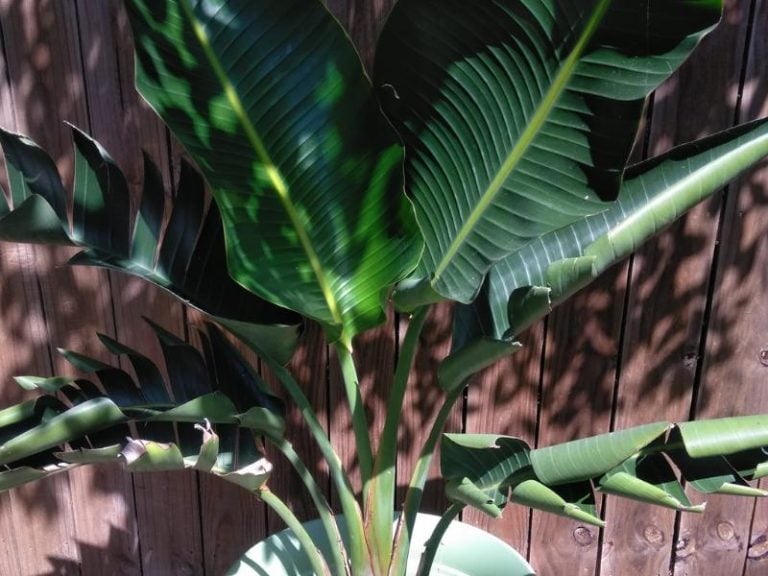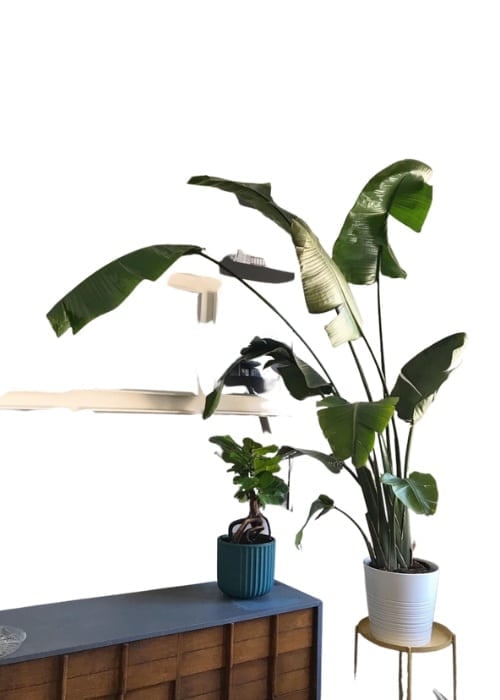Plants That Look Like Bird of Paradise
Tropical plants will transform your yard into a color-splashed sight. The bird of paradise’s large foliage, resplendent orange blooms, and towering height can make your yard look like a tropical escape. But if you have a large yard, you don’t have to stuff the place with strelitzia only. You might want to try similar plants to mix things up. So, what are some of the plants that look like the bird of paradise?
Here are great alternative plants that look similar to the bird of paradise:
- Lush banana plant
- Canna lily
- Ginger lily
- Heliconia rostrata
- Towering traveler’s palm
- Caesalpinia bird of paradise
6 Plants that are similar to the bird of paradise
While strelitzia plants produce vibrant, unmistakable blooms, you don’t want to fill your entire yard with them. In fact, there are times when the bird of paradise won’t bloom, yet you want to develop an attractive garden. The best solution, therefore, is to add other plants that bloom either at the same time as strelitzia or at varying times.
Here are 6 great plants that are similar to the bird of paradise:
1. Traveler’s palm (Ravenala madagascariensis)

Think of a peacock’s unfurled tail. The Towering traveler’s palm resembles a peacock’s tail with a stem. This towering beauty looks like the bird of paradise. The plant grows in USDA 10 to 11 zones. The Traveler’s palm and the bird of paradise belong to the Strelitziaceae family, explaining their similarities.
Its flowers are the same as that of a bird of paradise bloom. The Traveler’s palm grows up to 40 feet tall with a tree structure. Traveler’s palm leaves collect rainwater vital for the plant’s growth. When the plant is young, it needs a wide berth that eventually grows to a trunk.
Expansive landscapes and large homes are ideal for the plant since they have immense area proportions. You can also plant the Traveler’s palm indoors when it is young as the base becomes shaded and eventually forms a trunk.
Traveler’s palm can be potted in a large indoor space with bright windows. However, the plants like full sun and can handle partial shade simultaneously.
During the summer, you can grow it outdoors in a patio planter and bring it indoors during the winter. You can remove the trunk to strengthen the plant and make it have a classic look, but most people do not do it.
2. Ginger lily (Hedychium gardnerianum)
Ginger lilies dot plenty of southern lawns. You’re likely to find two kinds, Hedychium gardnerianum and Hedychium coronarium.
Hedychium coronarium is identifiable from its white blooms and thin palm-like foliage. The leaves might be smaller, but they have a similar touch to bird of paradise. The foliage comes from a single stem and grows upwards, ending in a sharp sword shape.
Hedychium gardnerianum grows straight up, with the foliage surrounding the orange bloom. Although it has a tropical look, it is a Himalayan native plant.
It can grow up to 6 feet tall in USDA hardiness zones 8-10. It grows in the late summer and fall, preferring full sun.
3. Lush banana plant
The lush banana plant has large dramatic leaves resembling bird of paradise leaves. The lush banana plant grows in USDA zones 9 to 11. and they grow up to 30 feet tall.
This bird of paradise lookalike can grow up to 30 feet tall with clumps with 10 to 15 foot wide clumps and 36 inch long leaves. The plant usually grows well in a partially shaded place with partial sun and full sun. However, growing this tropical plant may not be easy if you live in a cold region. The lush banana plant will turn brown if the temperature drops below freezing. However, it will bounce back in spring.
It would make an excellent indoor plant since it gives attractive foliage and white flowers from the purple buds when you provide it with enough light and water.
Note: Some Lush Banana plants produce edible fruit while others don’t have that ability.
4. Canna lily
The Canna Lily is a striking plant similar to a smaller bird of paradise. The Canna lily plant has large exotic 6 to 12 inches wide leaves. It has broad green leaves and creates a beautiful backdrop with red, yellow, or orange colors.
While its flowers lack the beak-like appearance of bird of paradise, both plants have similar foliage. Canna lillies grow in USDA zones 7-10 during winter. New shoots grow following the spring. The plant grows best when it has access to full sun.
This plant can be a focal point with a stylish indoor space in a pot that bright annuals can surround. Also, it thrives in cold climates, making it a great complementary plant during winter when Bird of paradise goes dormant.
To be stylish indoors, you have to place it where its flowers can be noted easily against a plain background. Put them in large pots and position them where they can easily access light.
Plant Canna lily with shorter plants that accentuate its colorful flowers and towering growth.
5. Caesalpinia bird of paradise
The Caesalpinia bird of paradise is a different plant from the Caesalpinia family. Its appearance is the same as the Strelitzia type, with features that are sometimes hard to differentiate.
The plant has some known varieties of the bird of paradise, including the red bird of paradise, the bride of Barbados, and the peacock flower. The plant has red-orange flowers smaller than Strelizia’s flowers. These plants’ vibrant colors add liveliness to landscapes.
It is an evergreen plant that protects landscapes in warm environments. We’d recommend you plant it outdoors since it requires lots of sunlight. Additionally, its fast growth and thorns make it a great outdoor plant as a border marker when pruned to shape.
You can plant it together with shorter plants as a shed for them.
6. Heliconia rostrata
Heliconia rostrata, or the Hanging lobster claw, is a herbaceous evergreen perennial similar to the bird of paradise, which is one reason that translated to its name. The 3-6 feet wide clumps of the foliage in the plant are similar to the Strelitzia. The plant’s large leather-like leaves can grow up to 4 feet long, like Strelitzia and banana tree leaves.
Their stems have long flowers hanging in showy clusters that develop from second-year stalks. Its flowers face downwards with cap-shaped water-storing bracts. The stunning flowers are nectar-filled, making Heliconia rostrata a great bird and pollinator attractant. It looks good in a landscape with a tropical garden.
When planting them, dig out the growth and cut the stem back to one foot.
The plant can be kept indoors when it is young and transferred outdoors once it sprouts. If you’re growing it indoors, wash it and plant it with the eye near the soil surface.
Ensure the pot is placed in a shed and moisten it daily until you get the first sprout.
SEE ALSO: Bird of Paradise Companion Plants
References
- University of Florida IFAS Gardening Solutions: Bird of paradise; Heliconia; Lush banana; Traveler’s palm





